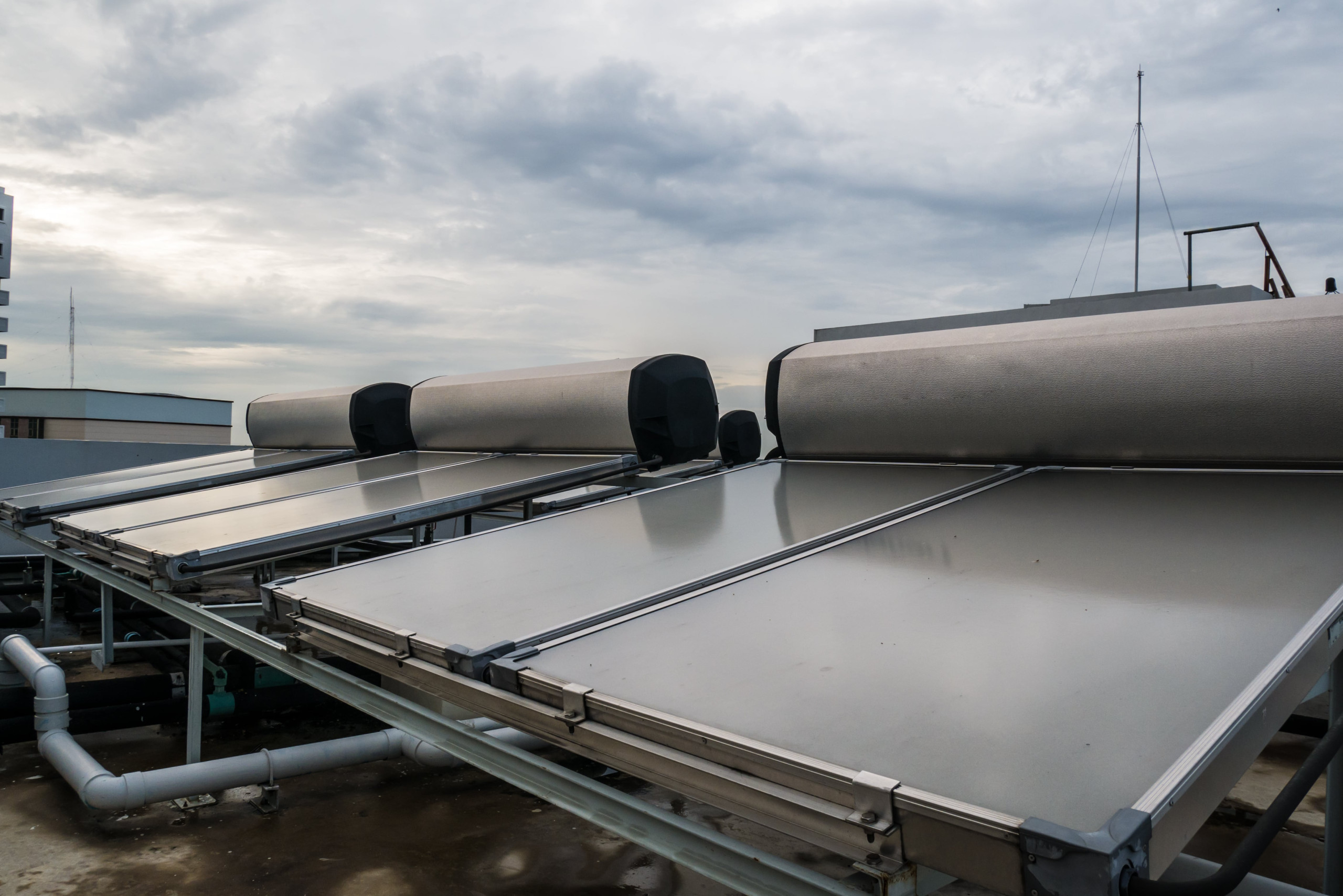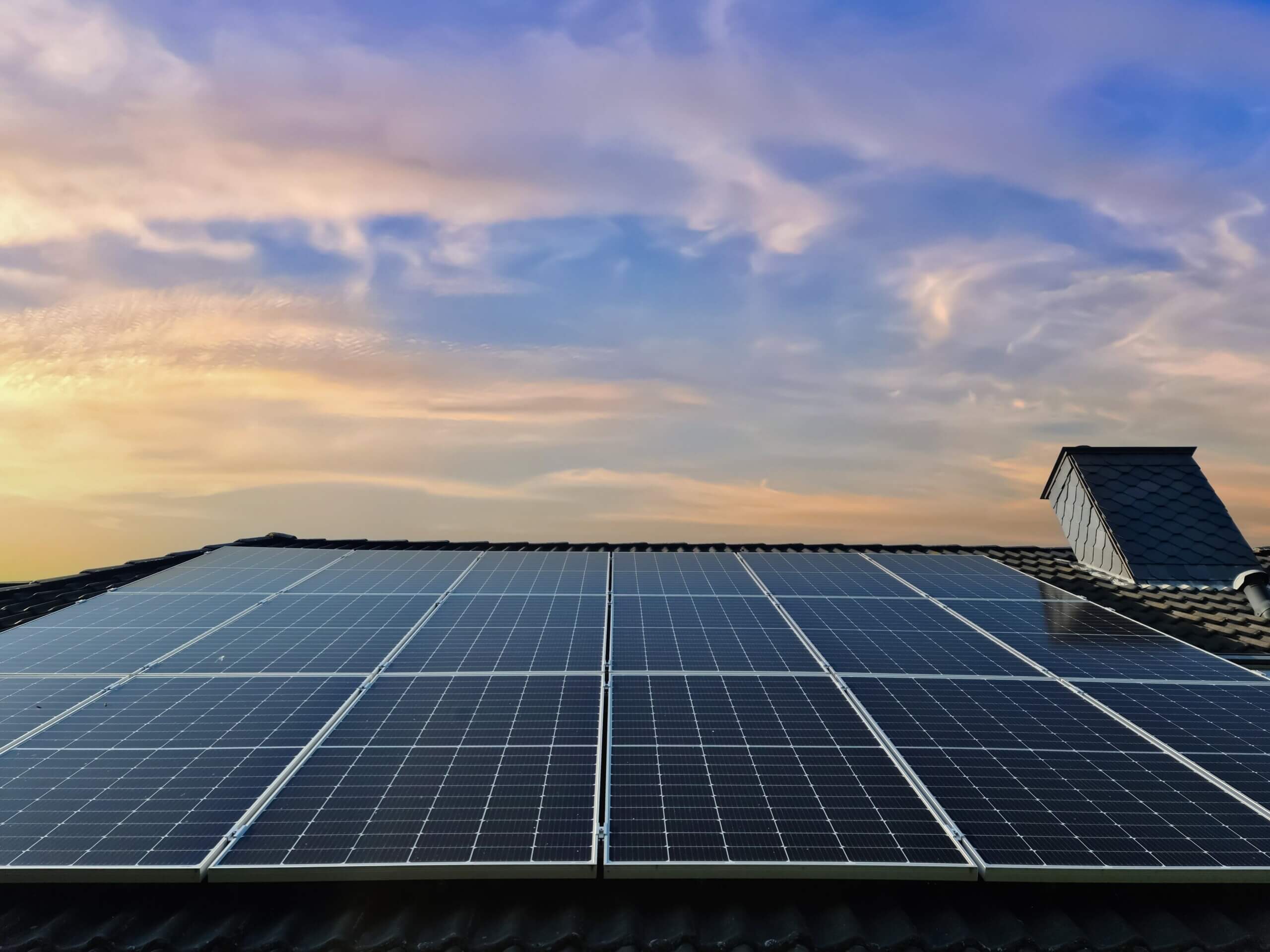How to Read a Smart Meter With Solar Power
Smart meters are becoming standard across Australia, with some states such as Victoria already completely switched over. But is it a smart move? And if you’ve got a new smart meter, how do you access and make the most of the metering data?
In this article, we take a closer look at what smart meters are and the advantages they can offer West Australian households, especially those with solar power. We also provide a quick guide on how to read a smart meter with solar power, including how to find out how much excess energy is going back to the grid.

What are smart meters?
Smart meters are digital electricity meters. They measure, record and send information about your electricity usage straight to the provider. They’re unlike the older style meters which require a meter reader to come and manually read the meter every 3 months.
Instead, a smart meter records your household’s energy usage in 30-minute intervals. This is similar to digital interval meters, which also measure electricity usage in 30-minute intervals. However, smart meters take it one step further and actually send the information straight to your electricity provider, usually on a daily basis.
If you have solar panels installed at home, a smart meter can measure how much excess energy is sent back to the grid.

Are smart meters worthwhile?
There are a number of benefits that smart meters offer Australian households over traditional meters. These include:
- More accurate data which may help you adjust your energy use to be more efficient and reduce your electricity bills.
- The ability to disconnect your home’s power remotely, for example, if you went on holiday.
- Giving energy retailers the opportunity to provide more helpful and innovative services.
- Helping households choose the right sized solar system and battery systems for their needs.
- Better ability to detect power outages and monitor the quality of the electricity supply.
Who needs a smart meter in Australia?
For the past few years, smart meter installation has been rolled out across many Australian states. Everyone in Victoria has a smart meter now, and all new and replacement meters in New South Wales, Tasmania, Australian Capital Territory, Queensland and South Australia are smart meters.
In Western Australia, Western Power has also started installing smart meters where replacement and new meters are required. It is likely that all households in Australia will eventually switch over to the new meter.
How to read a smart meter with solar power
Knowing how to read and interpret the data gathered by the smart meter can help you be more aware of your electricity consumption, and perhaps make changes to improve energy efficiency.

There are different types and brands of smart meters, so methods of how to read a smart meter with solar power may vary. However, the general idea is outlined below based on the three-phase AMI smart meter that Western Power uses.
Step 1. Understanding your way around the meter
A smart meter will usually consist of:
- LCD digital display where the information is displayed
- Nameplate label where the technical product information and serial number are written
- Scroll button which you can use to scroll through the different categories on the LCD display
- Test LED lights that pulse when electricity is being used
- Infrared optical port where information can be downloaded via an optical probe cable and a handheld unit
- Plastic case protecting the inside of the meter
Step 2. Know the type of tariff you pay
In order to read the right information concerning your property, you need to know the type of tariff you pay. For example, in Western Australia that might be the all-time A1 tariff or the smart power SM1 tariff. The data for each of these will show up under a different category, so you will need to know which one is relevant for your home.
Step 3. Reading the import information (energy consumed)
The import information shows you data relating to the amount of energy you used from the grid. This information is displayed in the standard display mode and you should see it automatically when you look at your smart meter.
The LCD display will automatically scroll through the different channels, but if you want to speed up the scrolling, simply use the scroll button.
- Channel 04 displays the time
- Channel 05 displays the date
For the A1 tariff, just read:
- Channel 07 – displays the total kilowatt hours (kWh) consumed
For the SM1 tariff, read:
- Channel 10
- Channel 20
- Channel 30
- Channel 40
These channels show the total kWh consumed at the different rates according to your SM1 tariff.
Step 4. Reading the export information (energy generated)
The export information gives you data about the amount of energy your household generated, for example through solar panels. In other words, how many kilowatt hours (kWh) of excess energy was sent back to the energy provider.
The export information is displayed on the alternate mode display (the import information is the standard display mode). To make the export information show, simply hold down the scroll button for 2 seconds and “Alt 1” should appear on the LCD display. Now you will see the alternative display for energy generated.
For the A1 tariff, just read:
- Channel 47
For the SM1 tariff, you’ll be looking at:
- Channel 50
- Channel 60
- Channel 70
- Channel 80
Thinking of switching to solar? Chat with the solar specialists at iBreeze.
If you’re looking for ways to reduce your household’s electricity consumption, switching to solar power or installing a solar hot water system are two of the most effective things you can do.
With the new smart meters, you’ll be able to keep track of how much power you are generating and feeding back to the grid. This can help you make even more of the electricity generated by solar panels and make your home even more energy-efficient.
Speak with the team at iBreeze to see how we can help with solar panel and solar hot water installation, and solar power repairs and maintenance in Mandurah. Call us today on (08) 9534 9491 to get an obligation free quote.
For energy efficient, effective heating and cooling solutions all year round, reach out to our team of specialists. We’ll deliver the highest comfort to both your residential and commercial space, no matter the size or scale.
Sunday Closed
Monday 9:00am – 5:00pm
Tuesday 9:00am – 5:00pm
Wednesday 9:00am – 5:00pm
Thursday 9:00am – 5:00pm
Friday 9:00am – 5:00pm
Saturday Closed


